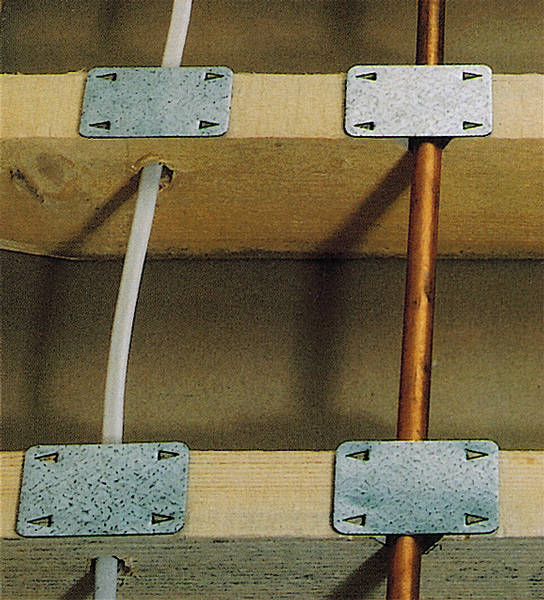- Joined
- 30 Mar 2007
- Messages
- 165
- Reaction score
- 0
- Country

in order to futureproof my living room, i've run:-
12 x cat6 cable for ip phones and pc's, game controllers, ir -relay and such like...
9 x speakerwire, for surround / home cinema,
4 x usb 2.0,
3 x hdmi for flat screens, (one for each usable wall)
1 xscart,
1 x vga
8 x 2.5 mm twin core and earth (old style red & black) for ultra low voltage DC lighting - i had reels of this laying around and know the colours are out of date, but layed it in as speaker cable)
2 x 2.5mm 3 core fire rated/shielded cable reserved for some possible future use,
all these cables run from the broom cupboard [data centre] in the hallway along 3m of concrete floor and into the livingroom.
the floor in the hallway and livingroom is the same (reclaimed pine, 3/4 inch t&g, resting on standard 19mm pine battens (glued to concrete) at 40cm spaces.
an electrician friend of mine saw it and had a laugh, saying I broke all the rules in the book, and that all of this should have gone through metal conduit in case someone drilled through the floorboards by accident.
I stood my ground and said it was all mechanically protected by 3/4 inch of wood, and in any case, none of it was dangerous voltage.
(b.t.w. there is no way i could get this in metal conduit without dramatically weakening the floor supports)
any bets on who is 'right' here? legally and morally?
b/

12 x cat6 cable for ip phones and pc's, game controllers, ir -relay and such like...
9 x speakerwire, for surround / home cinema,
4 x usb 2.0,
3 x hdmi for flat screens, (one for each usable wall)
1 xscart,
1 x vga
8 x 2.5 mm twin core and earth (old style red & black) for ultra low voltage DC lighting - i had reels of this laying around and know the colours are out of date, but layed it in as speaker cable)
2 x 2.5mm 3 core fire rated/shielded cable reserved for some possible future use,
all these cables run from the broom cupboard [data centre] in the hallway along 3m of concrete floor and into the livingroom.
the floor in the hallway and livingroom is the same (reclaimed pine, 3/4 inch t&g, resting on standard 19mm pine battens (glued to concrete) at 40cm spaces.
an electrician friend of mine saw it and had a laugh, saying I broke all the rules in the book, and that all of this should have gone through metal conduit in case someone drilled through the floorboards by accident.
I stood my ground and said it was all mechanically protected by 3/4 inch of wood, and in any case, none of it was dangerous voltage.
(b.t.w. there is no way i could get this in metal conduit without dramatically weakening the floor supports)
any bets on who is 'right' here? legally and morally?
b/

